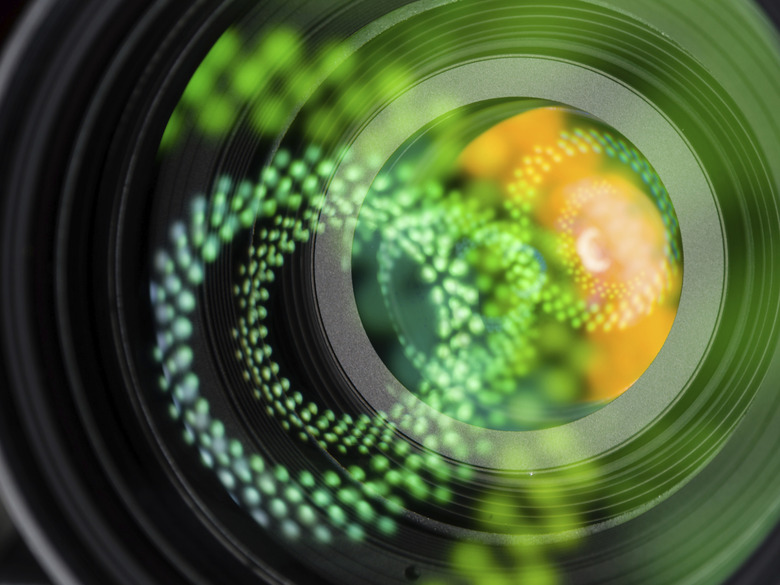Importance Of Hyperbolas In Life
A hyperbola is the mathematical shape that you obtain when vertically cutting a double cone. Many people learn about this shape during their algebra courses in high school or college, but it is not obvious why this shape is important. The hyperbola has a few properties that allow it to play an important role in the real world. Many fields use hyperbolas in their designs and predictions of phenomena.
Satellites
Satellites
Satellite systems make heavy use of hyperbolas and hyperbolic functions. When scientists launch a satellite into space, they must first use mathematical equations to predict its path. Because of the gravity influences of objects with heavy mass, the path of the satellite is skewed even though it may initially launch in a straight path. Using hyperbolas, astronomers can predict the path of the satellite to make adjustments so that the satellite gets to its destination.
Radio
Radio
Radio systems' signals employ hyperbolic functions. One important radio system, LORAN, identified geographic positions using hyperbolas. Scientists and engineers established radio stations in positions according to the shape of a hyperbola in order to optimize the area covered by the signals from a station. LORAN allows people to locate objects over a wide area and played an important role in World War II.
Inverse Relationships
Inverse Relationships
The hyperbola has an important mathematical equation associated with it — the inverse relation. When an increase in one trait leads to a decrease in another or vice versa, the relationship can be described by a hyperbola. Graphing a hyperbola shows this immediately: when the x-value is small, the y-value is large, and vice versa. Many real-life situations can be described by the hyperbola, including the relationship between the pressure and volume of a gas.
Lenses and Monitors
Lenses and Monitors
Objects designed for use with our eyes make heavy use of hyperbolas. These objects include microscopes, telescopes and televisions. Before you can see a clear image of something, you need to focus on it. Your eyes have a natural focus point that does not allow you to see things too far away or close up. To view such things as planets or bacteria, scientists have designed objects that focus light into a single point. The designs of these use hyperbolas to reflect light to the focal point. When using a telescope or microscope, you are placing your eye in a well-planned focal point that allows the light from unseen objects to be focused in a way for you to view them.
References
- "Conics"; Keith Kendig; 2005
Cite This Article
MLA
Verial, Damon. "Importance Of Hyperbolas In Life" sciencing.com, https://www.sciencing.com/importance-hyperbolas-life-8546768/. 24 April 2017.
APA
Verial, Damon. (2017, April 24). Importance Of Hyperbolas In Life. sciencing.com. Retrieved from https://www.sciencing.com/importance-hyperbolas-life-8546768/
Chicago
Verial, Damon. Importance Of Hyperbolas In Life last modified August 30, 2022. https://www.sciencing.com/importance-hyperbolas-life-8546768/
